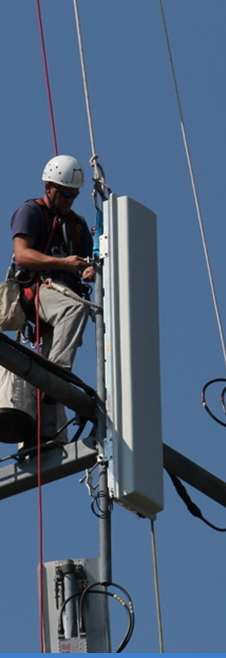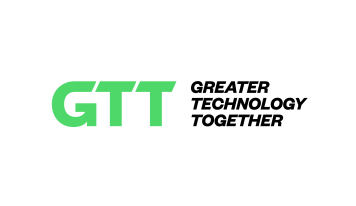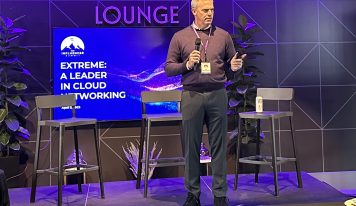One of the biggest challenges facing the communications industry is lack  of wireless spectrum. Wireless carriers are already struggling to keep up with users who download more and more content with ever-faster devices sporting more processors and higher-resolution screens. Just this year alone Samsung has rolled out its Galaxy Note 5.3 smartphone/tablet hybrid and Apple has released its new iPad sporting a much-anticipated retina display, a quad-core processor and 4G.
of wireless spectrum. Wireless carriers are already struggling to keep up with users who download more and more content with ever-faster devices sporting more processors and higher-resolution screens. Just this year alone Samsung has rolled out its Galaxy Note 5.3 smartphone/tablet hybrid and Apple has released its new iPad sporting a much-anticipated retina display, a quad-core processor and 4G.
Recently at MWC at 2012 I spoke with Michael Frankle, CEO and Frank Oehler VP of Marketing and Sales at Ubidyne about the company’s active antenna systems (AAS) LTE 700MHz uB700™ and 900MHz uB900™ Antenna Embedded Radios designed to alleviate many of the challenges carriers face while providing increased benefits to consumers.
It is worth noting the uB900 Antenna Embedded Radio supports GSM, UMTS and LTE in the 900Mhz frequency band to address mobile networks in Europe, Africa, Oceania, Asia and the Middle East while the uB700 Antenna Embedded Radio supports 4G LTE in the digital dividend band (700Mhz) to address broadband mobile networks in the US.
There are numerous AAS architectures but Frankle explained to that his company believes it is vital to have one transceiver or M-Radio per antenna radiator. For example, an antenna with 16 radiators – or eight cross polar radiators – will also have 16 transceivers.
The benefit of the company’s approach is by using one transceiver per antenna you can tilt the uplink and downlink independently allowing users to get better throughput with lower battery consumption. In one example the company said they saw uplink throughput increase by 20-30% while terminal power consumption decreased by 50%.
In addition, vertical sectorization separates one cell into an inner and outer sub-cell, allowing operators to increase capacity by up to 40% in the lowband or less than 1 GHz and over 60% in the highband above 1 GHz.
In addition to helping deal with spectrum exhaustion the company says carriers can save 30% on CAPEX and OPEX over five years using their solutions versus standard passive antennas currently in use.
Part of the OPEX reduction has to do with the company’s self-healing design which should minimize site visit cost as well as higher claimed MTBF numbers. In addition, Dynamic Beam Control beamforming allows carriers to put the signals where customers are.
According to Frankle, ”[The results of real-world testing] show that only a full AAS can meet critical upper sidelobe suppression requirements with margin, while simultaneously providing the highest possible antenna gain over an electrical tilt range of more than 10 degrees. And because of our Self Healing feature, Ubidyne AAS still delivers this performance with up to four transceivers out of 16 being switched off.”
Obviously carriers need to take claims of cost savings coupled with increased bandwidth utilization and coverage very seriously. I expect many of them to say “show me the money.” Personally, Ubidyne had me at double the smartphone battery life.





